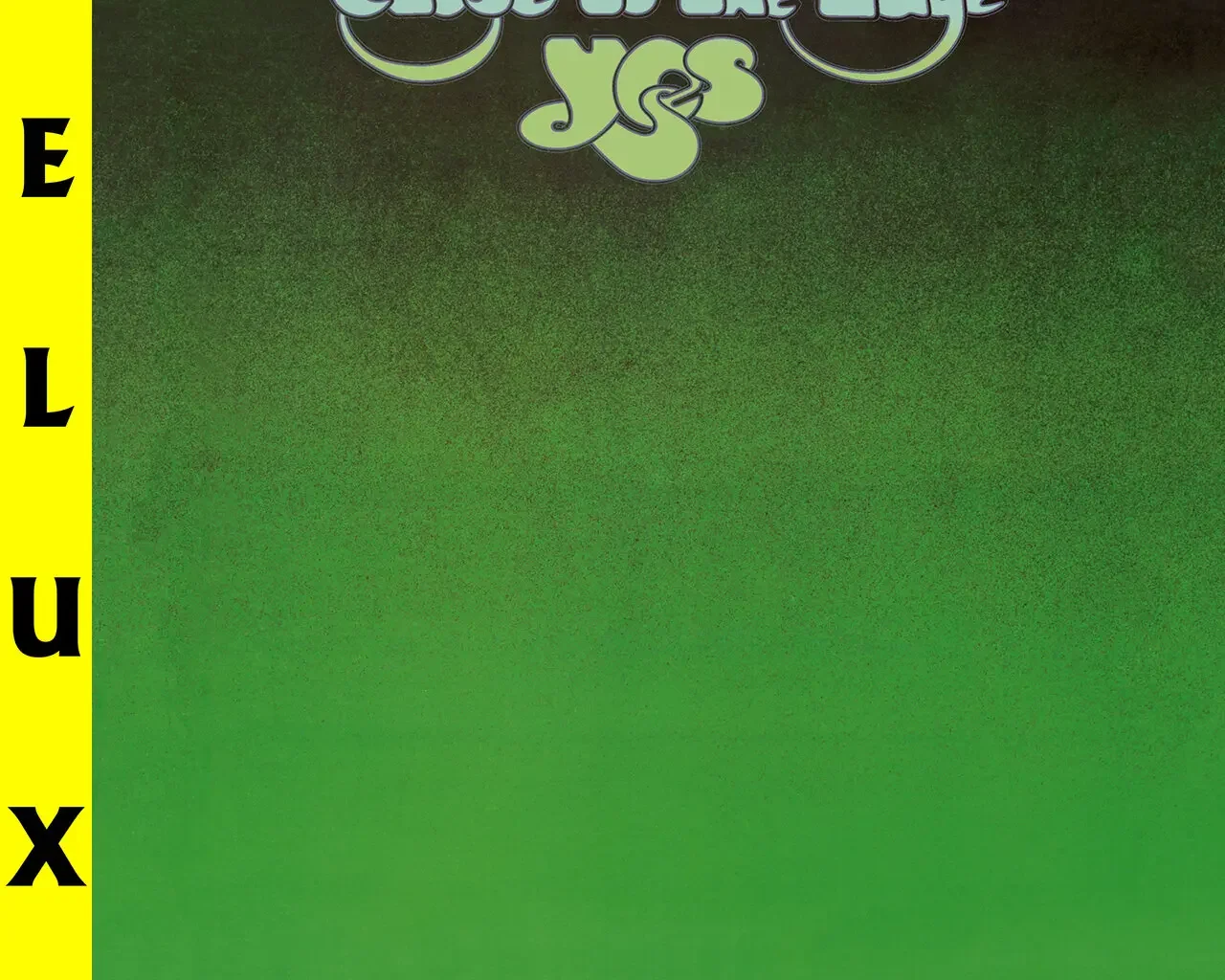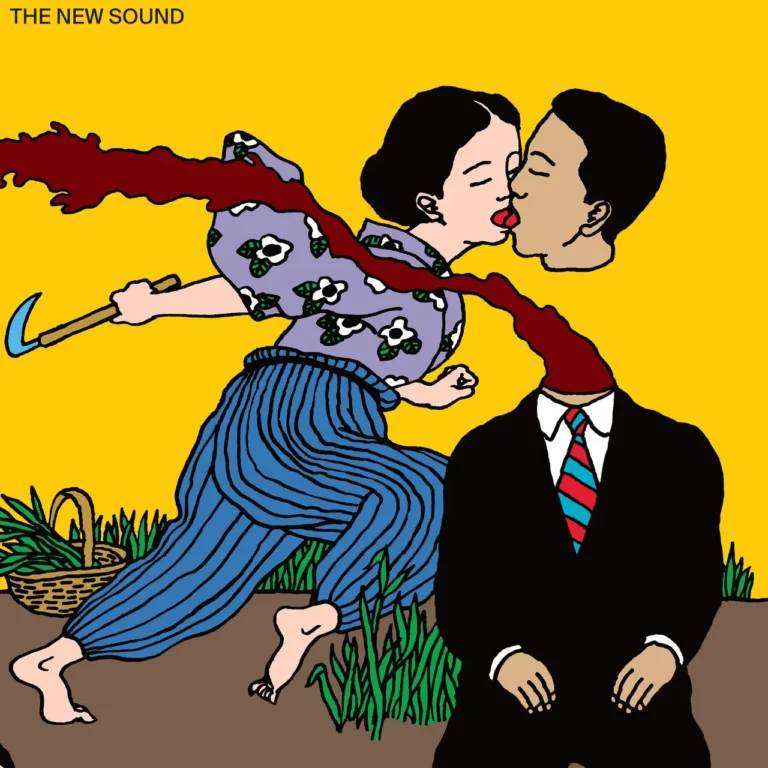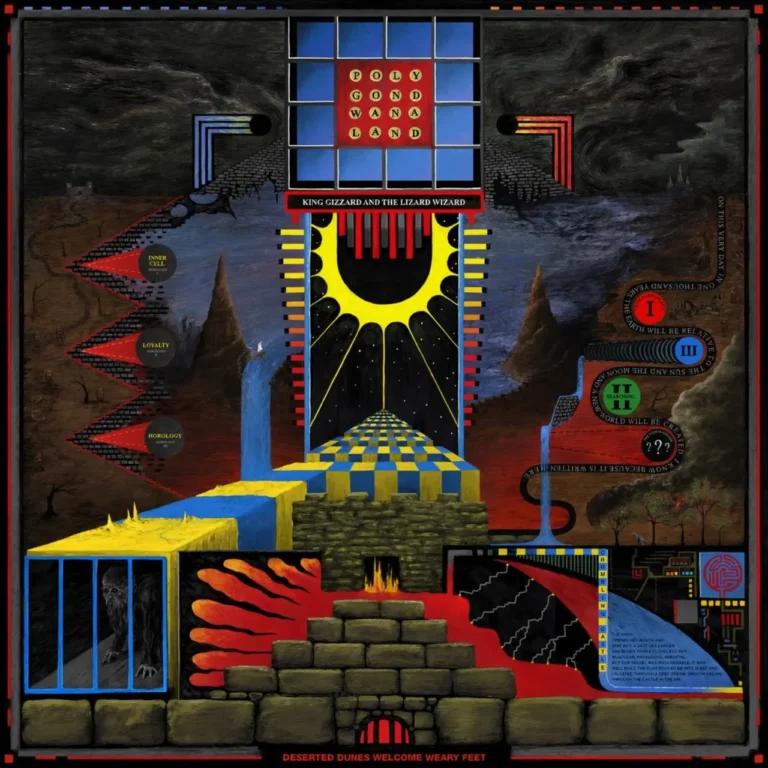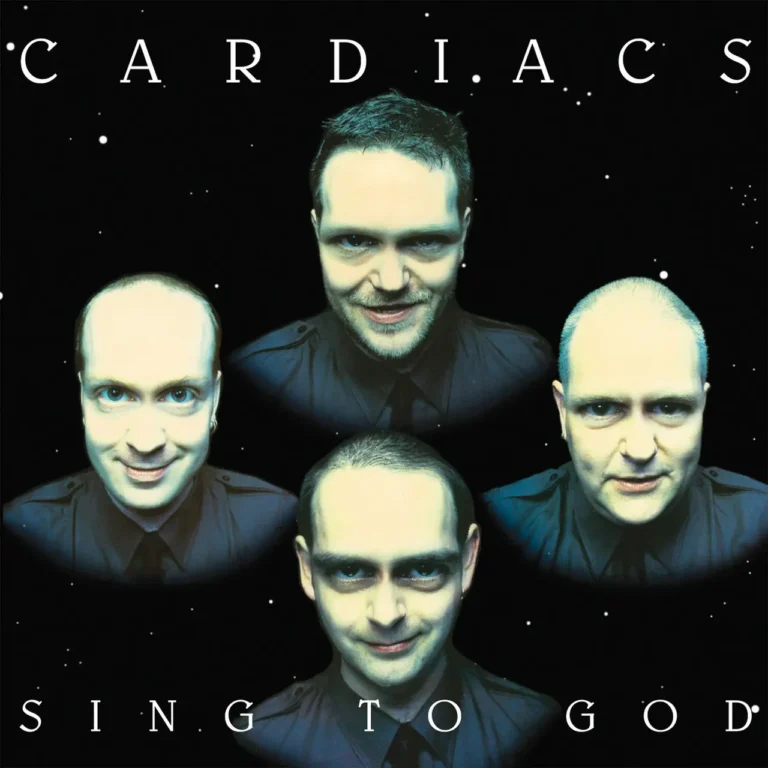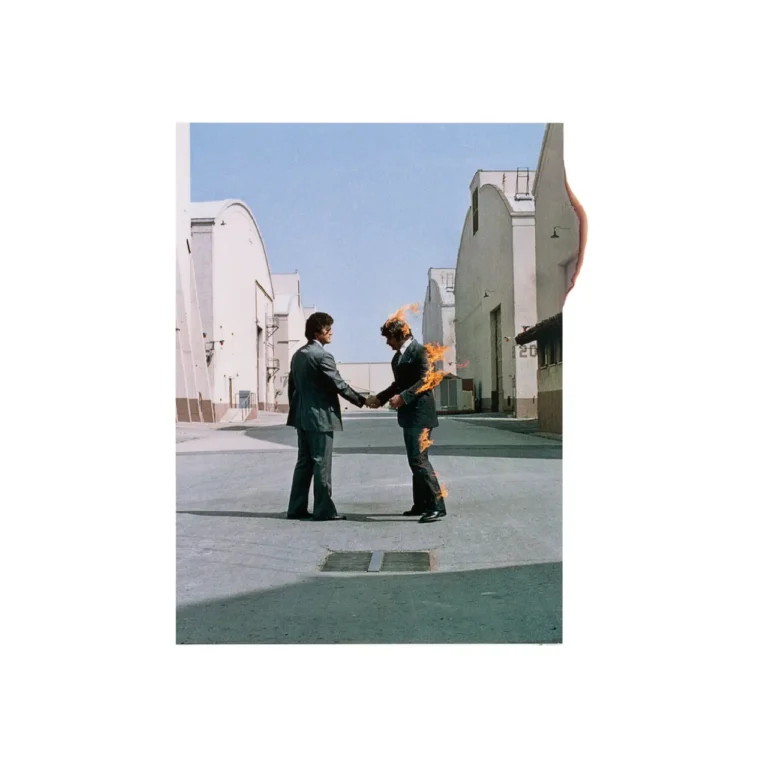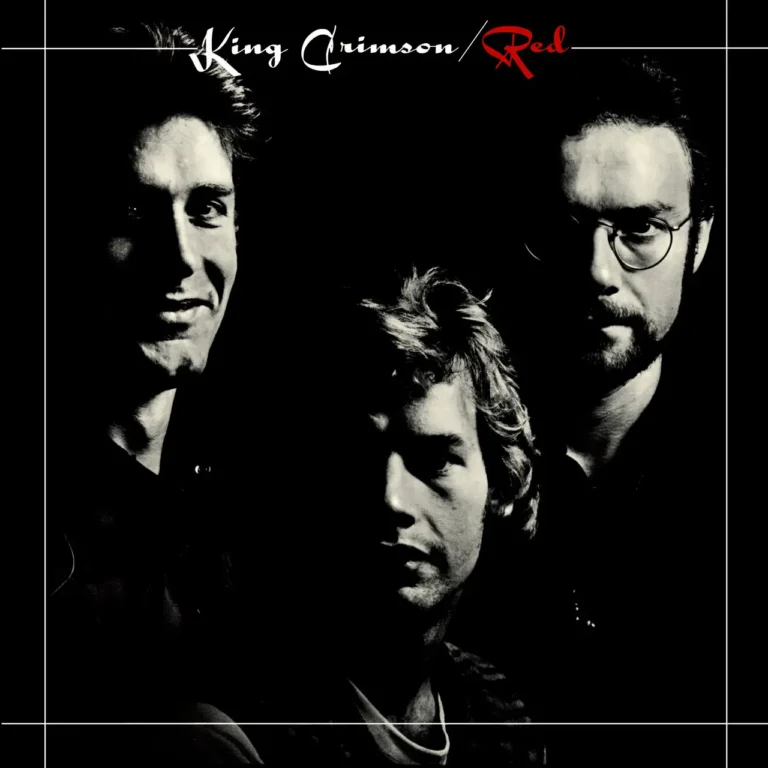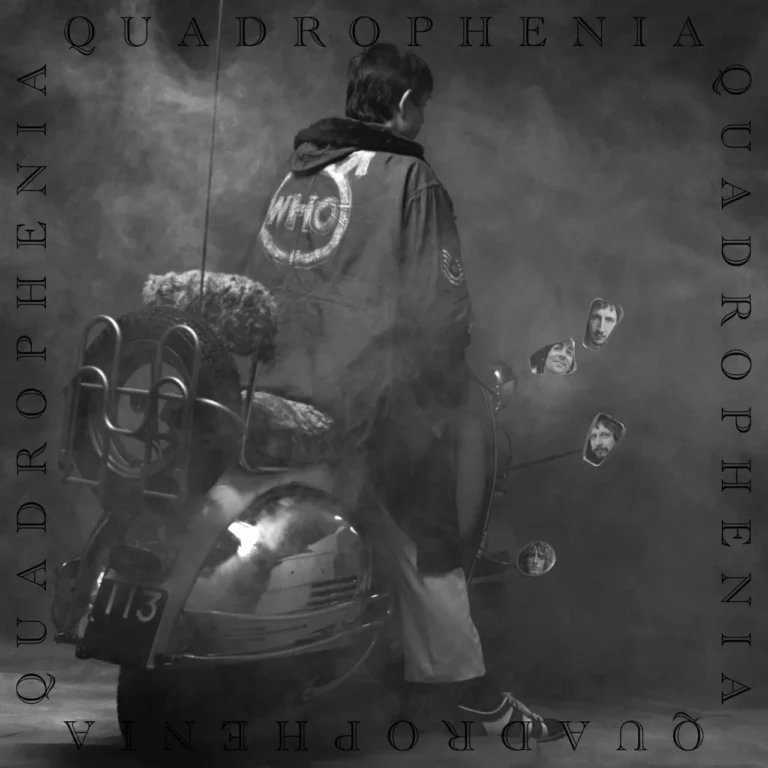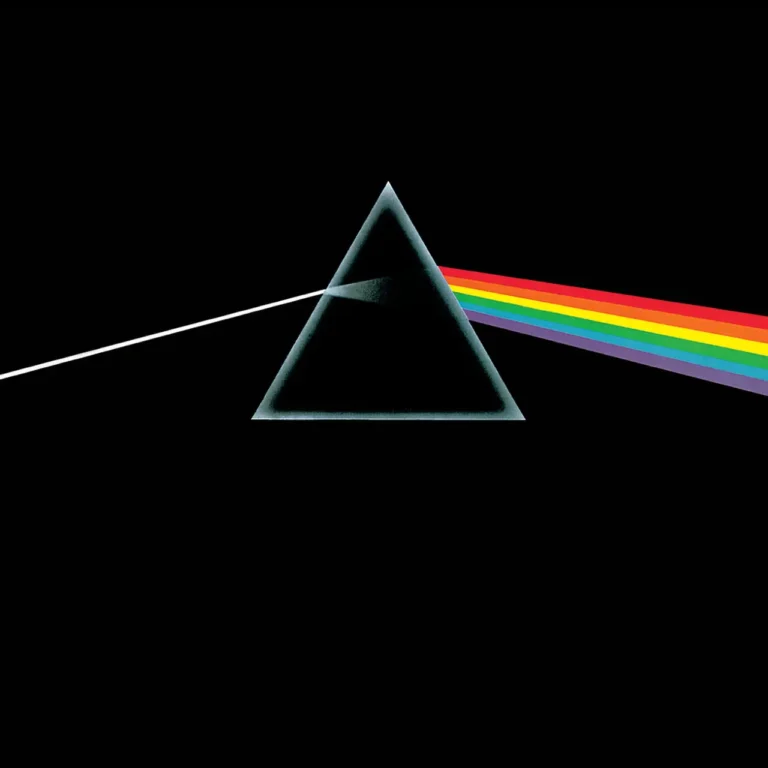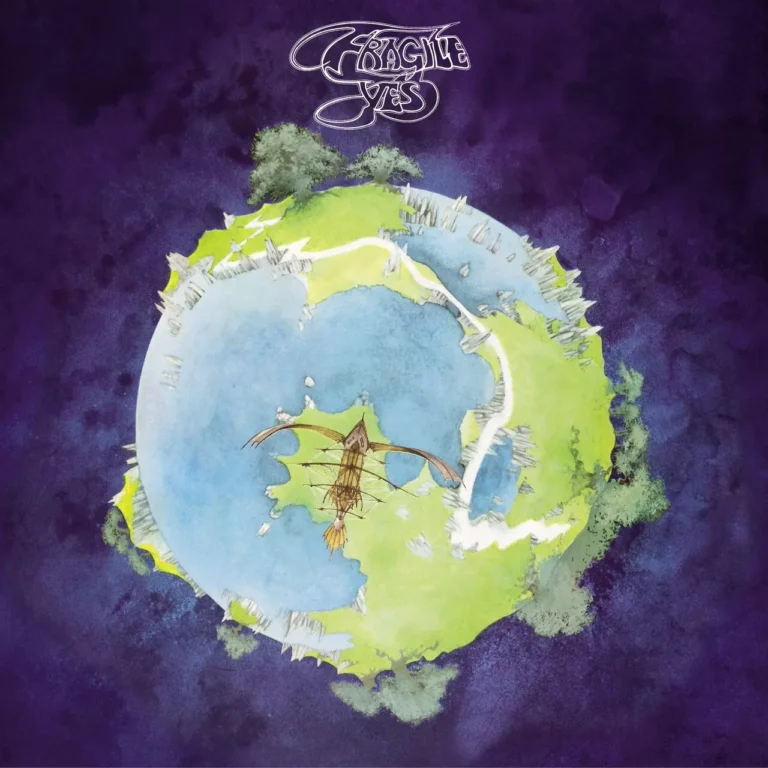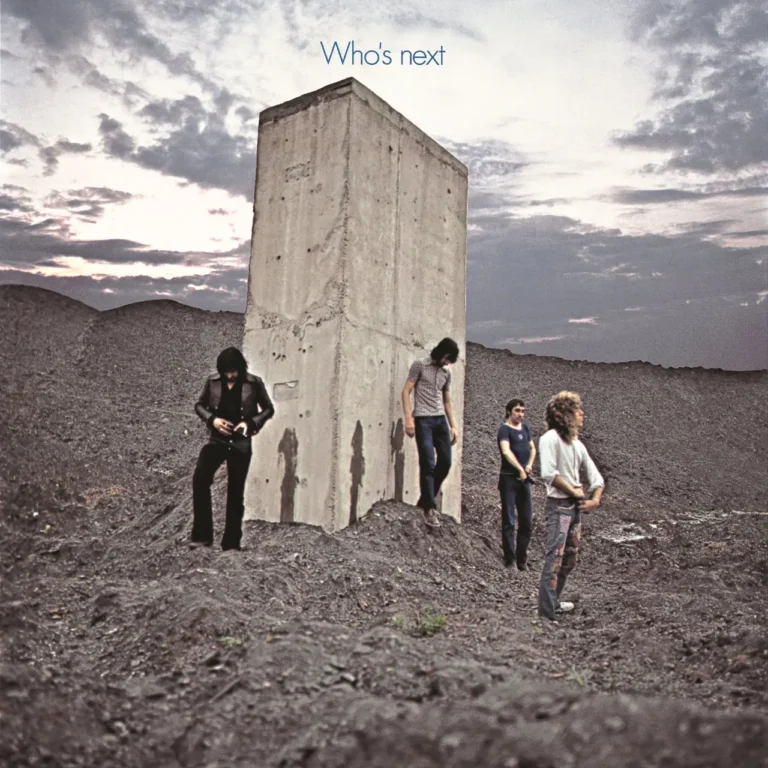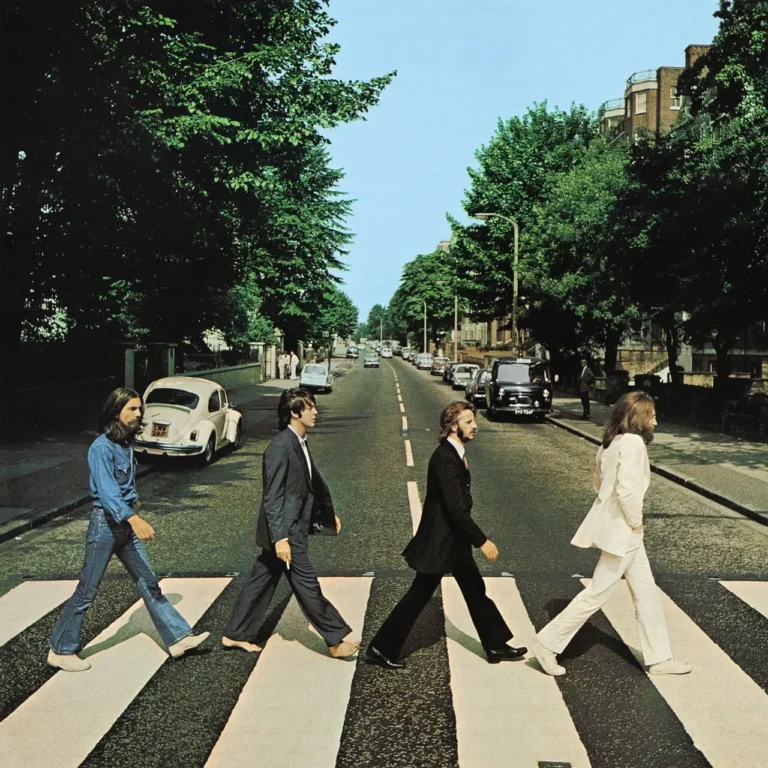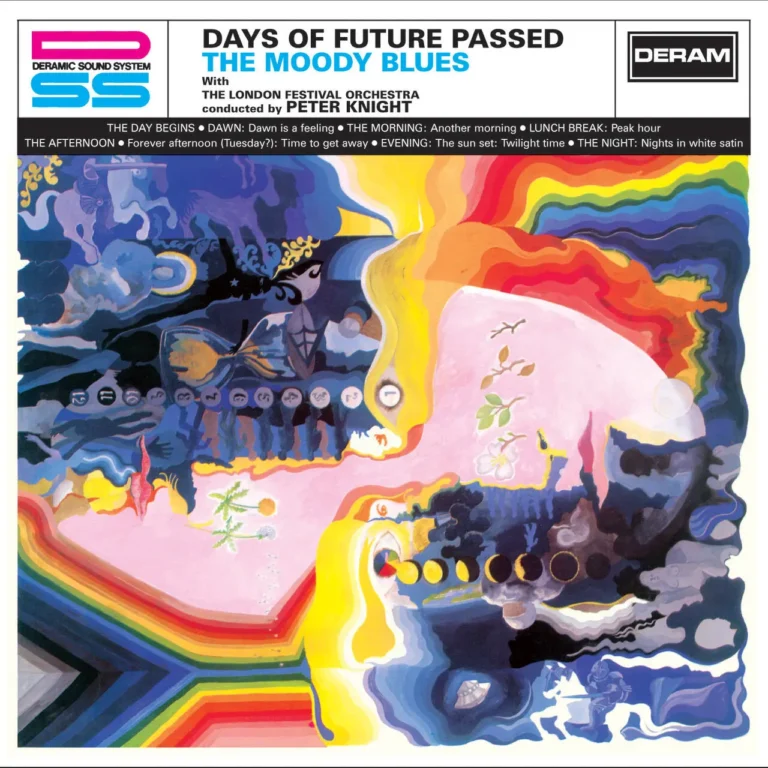"Close to the Edge" is the monumental title track from Yes’s 1972 album, widely regarded as a pinnacle of progressive rock. Spanning nearly 19 minutes, the song occupies the entire first side of the album and is divided into four distinct movements, each showcasing the band’s compositional ambition and musical virtuosity123.
Background and Structure
- Release Date: 13 September 1972 (US), 8 September 1972 (UK)
- Album: Close to the Edge
- Band Members on Track:
- Jon Anderson – lead vocals
- Steve Howe – guitars, backing vocals, sitar
- Chris Squire – bass, backing vocals
- Rick Wakeman – keyboards, organ, synthesizers
- Bill Bruford – drums, percussion
Four Movements
- The Solid Time of Change
- Total Mass Retain
- I Get Up I Get Down
- Seasons of Man
Each section explores different musical and lyrical themes, blending complex time signatures, shifting dynamics, and lush harmonies. The song’s structure was inspired by classical symphonies, particularly those of Jean Sibelius, and incorporates influences from literature, notably Hermann Hesse’s Siddhartha23.
Composition and Recording
- The song originated from fragments and ideas developed by Jon Anderson and Steve Howe, with input from the rest of the band. Anderson’s lyrics are rich in metaphor, influenced by both spiritual literature and personal experiences.
- The track features innovative production techniques, such as a tape loop introduction with water and bird sounds, and a majestic church organ solo recorded at St Giles-without-Cripplegate in London.
- The recording process was intricate, with the band assembling the song in sections and overcoming technical challenges, especially in integrating the organ solo.
Lyrical Themes
- Spiritual Journey: The lyrics reflect themes of enlightenment, transformation, and the search for meaning, drawing on the metaphor of a river leading to the ocean as a symbol of spiritual realization.
- Duality and Change: The recurring phrase “I get up, I get down” explores the highs and lows of existence, while the song’s cyclical structure reinforces themes of renewal and repetition.
Musical Highlights
- Complex Arrangements: The song is known for its shifting meters, intricate guitar work, and dynamic interplay between instruments.
- Vocal Harmonies: Anderson, Howe, and Squire deliver layered harmonies throughout, adding to the song’s ethereal quality.
- Keyboard Mastery: Rick Wakeman’s contributions, especially the church organ and synthesizer solos, are considered some of the finest in progressive rock.
Legacy and Impact
- Critical Acclaim: "Close to the Edge" is hailed as a masterpiece of the genre, often cited as one of the greatest progressive rock songs ever recorded.
- Commercial Success: The album reached No. 4 in the UK and No. 3 in the US, becoming Yes’s most successful release at the time.
- Influence: The song set a new standard for long-form rock composition and remains a touchstone for progressive musicians and fans alike.
Quick Facts Table
| Feature | Details |
|---|---|
| Length | ~18:42 minutes |
| Movements | 4 (see above) |
| Inspiration | Siddhartha, classical music |
| Notable Instrumentation | Church organ, synthesizers, sitar |
| Album Chart Peak | #3 (US), #4 (UK) |
"Close to the Edge" stands as a landmark in rock history, blending spiritual exploration, technical prowess, and compositional ambition into an unforgettable musical journey123.
